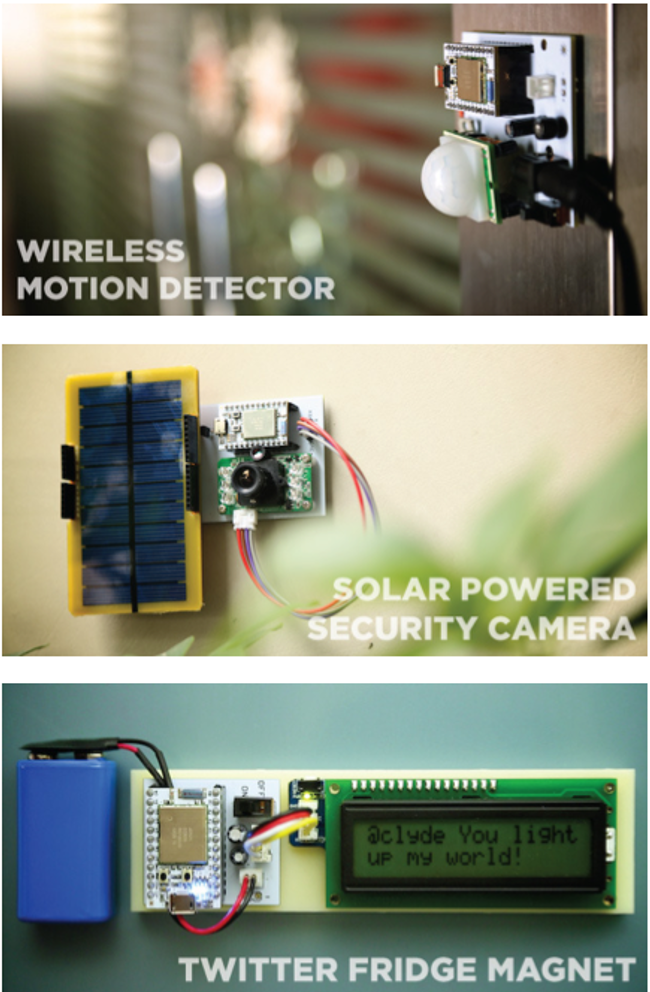Spark Devices co-founder and CEO Zach Supalla
When the going gets tough – just keep going. That’s the logic that Zach Supalla of connected device player Spark Devices applied and in just a few months has executed a pivot that has resulted in US$567,968 being pledged on Kickstarter for the company’s technology that can convert any device into a Wi-Fi-controlled product.
When we last spoke to Spark Devices from Minneapolis in America’s midwest last November, the company had just completed an unsuccessful first attempt at raising funding on Kickstarter and was readying itself for a grilling couple of months in China as part of the SOSventures-backed HAXLR8R accelerator programme.
The company set out to raise at first US$250,000 to develop and commercialise its Spark Socket technology, which at the time could be used to turn on and off lights using Wi-Fi. However, when the campaign closed, just US$126,588 was raised from 1,600 backers.
According to Supalla, the time spent in China was used to fine-tune the product away from a single function to being a flexible open-source kit that inventors, DIY or technology enthusiasts can buy in a hardware or electronics store and build any product or device that needs Wi-Fi in it.
I like to think of this as a form of digital Mecanno that we will see more and more of in an age where kits like the Spark Core and 3D printing will see amateurs, hobbyists and experts come up with all kinds of ingenious devices, from sensors to robots, or whatever else the imagination can conceive.
The company went back to the drawing board and through mentoring with entrepreneurs and designers and collaboration with manufacturers in Shenzen,China, the company realised it already had the real product right under its nose, the Spark Core.
The company went back to Kickstarter and has just closed a fund of US$567,968 from 5,549 backers.
Back to the core

A tiny Wi-Fi development board, Spark Core’s Adruino comes with a Wi-Fi radio, an ARM Cortex M3 processor and APIs that make wireless programming relatively easy.
“Over the last six months we embarked on a pretty big pivot and changed the product substantially. The Spark Core was essentially the brain of the Spark Socket that we were using to turn on and off lights wirelessly. The Core was the circuit board.
“So we took that and added the concept of an easy to use platform with internet connectivity. It’s a kit that you can use to create a project or product that has Wi-Fi in it, whether you are an inventor or a hobbyist and you want to create a remote control car or a DIY security system or you are a major business that wants to add Wi-Fi to your products.
“Basically, by going back to the ‘core’, so to speak, we significantly broadened out the potential and we feel we are about to address a marketplace that ranges from the maker-hobbyist to small manufacturers. We feel we’ve identified a gap in the whole internet connectivity area that allows people to do more with an internet connection.
“For example, you can program the Arduino to work with a LED so that if motion is sensed it flashes or when a text message comes in it flashes but there’s a whole load of cool apps that can be built using the device and combining it with the cloud or smartphones.”
He said the plan is to get the technology into retail chains like SparkFun and Radio Shack and make the kits as affordable and available as possible.
“China was an incredible experience. We were able to work with manufacturers in Shenzen who didn’t charge an arm and a leg just to do revisions on the hardware and that allowed us to move fast with product development and software development.
“We went from one application to developing a chipset that could sell, which was pretty cool.”
Longterm, Supalla views Wi-Fi as one dimension to what could be a whole array of products based on different wireless technologies.
“Once you get into it and start experimenting with it, people realise how easy it is to create things and from an educational perspective we’re using Raspberry Pi to programme them on the manufacturing line. We have groups like the Stanford Robotics Club on our test list so the interest is definitely there.”
Supalla said that following the Kickstarter fundraising, the company is well funded to continue to develop its core products and build its community.
“We are talking to some venture capitalists and a lot of folks are interested in the potential so we’ll have to wait and see.
“All we want to do is to help individuals to make cool things and we believe we can help people overcome some of the technical challenges so they can focus on making a great product, whether it is a Wi-Fi connected coffee maker or a home security system.
“The key thing is to make things work.”